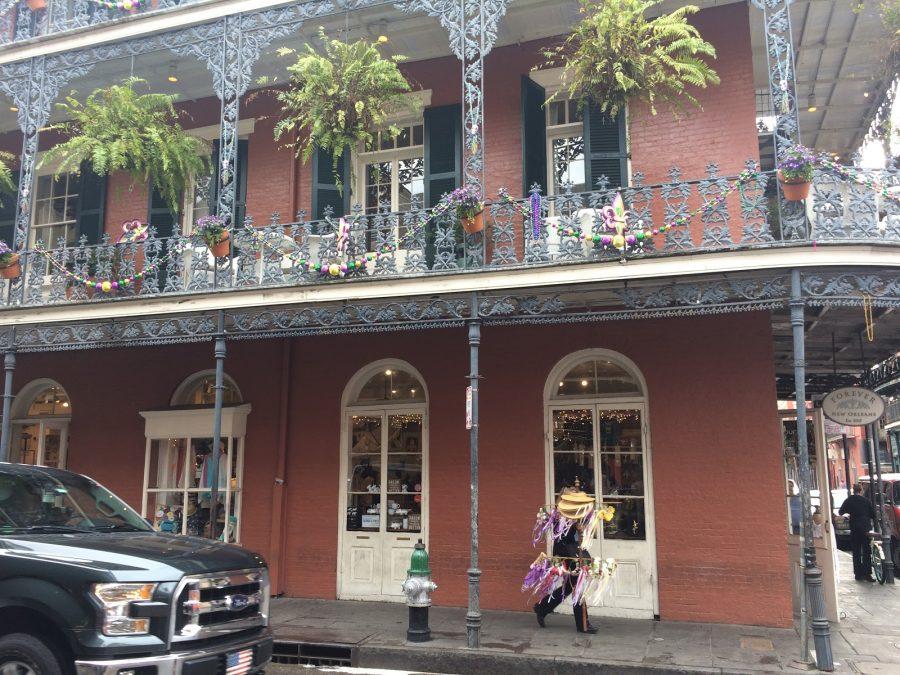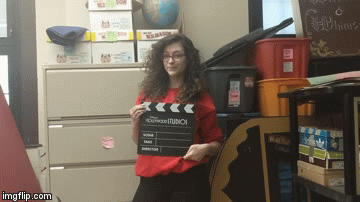How Katrina changed the way we view Mardi Gras
A man walks through the French Quarter streets bearing flowers. Above, Mardi Gras decorations are still hanging up.
March 17, 2017
It’s been 12 years since the disaster that was classified as the “worst hurricane in American history” by Weather.com, and the city of New Orleans still hasn’t recovered completely. The solution to keeping Hurricane Katrina’s downtrodden spirits at bay? Mardi Gras.
Hurricane Katrina, which hit New Orleans, La. on Aug. 29, 2005, is one of the most infamous American hurricanes. Despite the disaster, the city continues to celebrate Mardi Gras every year.
“Couldn’t be any slower if we prayed it got slower,” said Brionne Bagneris, a New Orleans tour guide, regarding the development and reconstruction of the city. “Still rebuilding almost 12 years later.”
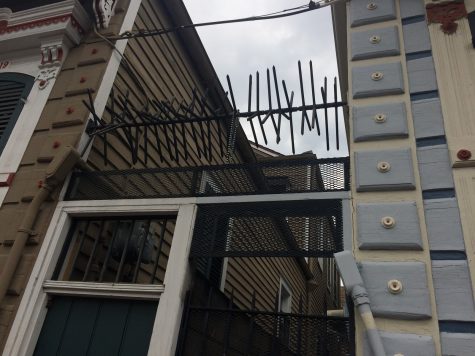
Even though the city may never fully recover from the hurricane, its annual Mardi Gras celebration is a sign of the strength of the citizens of New Orleans.
“It’s home,” Bagneris said. Bagneris left New Orleans before Katrina hit, and she didn’t come back until May 2011, to prepare for college.
“Never seen nor heard from some of my closest friends ever again because of it,” she said. “No more childhood at all.”
During this experience, Bagneris felt worried, sad, and depressed.
“Living in a shelter with thousands of people and spending almost seven hours to get there with only three outfits because no one knew it would affect us forever is no fun,” Bagneris said.
Today, Bagneris says New Orleans has more homeless people than ever before. She explained that gentrification (the process in which properties are bought, renovated and then sold at higher rates) has added to the problem.
“People can’t afford to live in neighborhoods they grew up in and forced to move on the outskirts of town,” she said.
Overall, Bagneris said New Orleans will never be the way it used to be, but some residents are finding the silver lining.
Sandy Rosenthal, founder of the organization Levees.org, said she was inspired to start the organization after a heated conversation.
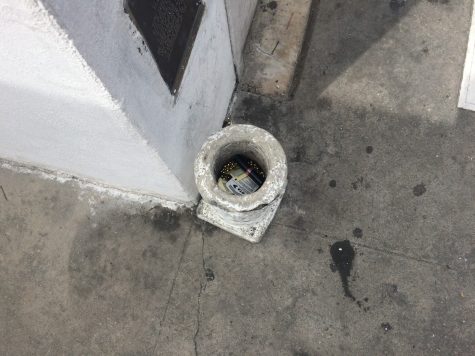
A combative man told her that “‘Katrina was a huge storm and that I shouldn’t have been living in New Orleans. The levees were just fine, and I deserved what happened to me,’” Rosenthal explained.
Rosenthal has lived in New Orleans for 31 years in the same place, but her home didn’t get water.
“We had to live in Lafayette, Louisiana until Dec. 10,” she said. “During this time, I read and read and read.”
Rosenthal said helping with this cause has been an extremely rewarding experience, and the best part about it is seeing an accurate portrayal of the flood’s facts by the media.
“Everyone in Greater New Orleans was affected by the levee breaks,” Rosenthal said. “We were all in the same bathtub.”
According to Rosenthal, the city is better in many ways, although the schools still need some improvement.
“The city is now a hub for innovation, including tech startups,” she said. “Best of all, neighborhood boundaries have blurred and the city is seeing less racism than before.”
Rosenthal said that the failures of the levees was a pivotal moment in American history.
“After the breaches, the Army Corps changed the way it builds levees,” Rosenthal said. “That translates into making the majority of the population safer. Fifty five percent of the American people lives in counties protected by levees.”
Anna Lowe is an accountant who has been living in New Orleans for her entire life.
“New Orleans is my home, and it always will be,” Lowe said.
When Katrina hit, Lowe left town but eventually came back. She said that her family was affected most by the hurricane.
“After the hurricane we all fled to different states: Georgia, Florida, Texas, you name it.” she said. “I’m the only one who came back after the hurricane. The rest of my family is still in shock.”
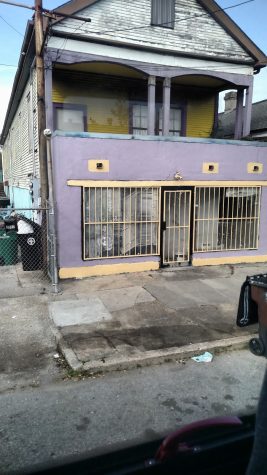
Lowe also said that although the situation could have been handled better, that there weren’t many options for what to do.
“The government should have made sure the levees were in check,” Lowe said. “Maybe that would have saved some of the families sitting on their roofs begging for help.”
In the end, Lowe explained, her recovery was emotionally trying.
“It took a while for me to recover because I was so upset to see my friends and family go through such trauma,” she said.
Why does New Orleans continue to celebrate Mardi Gras after the effects of Katrina?
“For hope,” Lowe said. “When Katrina hit, everyone lost hope. Mardi Gras was a way to unite everyone back together, restore peace, and encourage positivity in dark times.”
The compassion of the volunteers who have come to New Orleans to provide their aid over the last decade is surely paying off.
Bagneris said New Orleans is “like another country”.
“No place like it,” she said.



